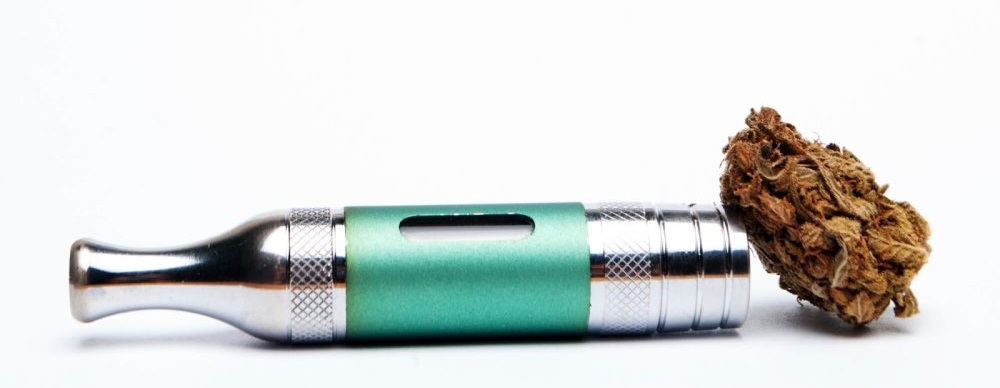Consumer Preferences and Perceptions: How HHC and THC Are Viewed Differently in the Cannabinoid Industry
The landscape of the cannabinoid industry is continually evolving as scientific research brings new compounds to light, and regulatory landscapes shift. This evolution is significantly influenced by consumer preferences and perceptions, which can vary widely from one compound to another. Two of the most discussed cannabinoids are delta-9-tetrahydrocannabinol (THC) and hexahydrocannabinol (HHC) by hhc vs thc. Although both share similar origins, the general public and the market perceive and favor them differently. will explore consumer attitudes toward these cannabinoids, how they are used, and the overall impact on the cannabinoid industry.
The Enigmatic World of Cannabinoids
Cannabinoids are a diverse class of chemical compounds that interact with cannabinoid receptors in the human body. The most famous of these, THC, has long been recognized for its psychoactive effects and its role as the key active ingredient in marijuana. Conversely, HHC is a newer addition to the cannabinoid spotlight, and due to its novelty, it’s surrounded by both fascination and uncertainty.
Understanding THC – The Trailblazer of Psychedelia
THC has enjoyed a somewhat storied reputation. Long associated with the counterculture movement of the 1960s and ’70s, it was demonized for decades as a dangerous and addictive drug. However, perceptions have shifted dramatically with time. Today, THC is known not just for its ability to produce a “high,” but also for its medicinal benefits.
Consumers today are more educated about THC than they were in the past. Its therapeutic use for pain relief, as an appetite stimulant, and for reducing nausea has garnered widespread recognition, tipping the scales in favor of legalization in many jurisdictions. Still, the recreational use of THC carries a stigma in some circles, and its legal status remains a patchwork of contradictions across the globe.
HHC on the Rise – The Nuanced Newcomer
In contrast to THC, HHC is praised for its subtler effects. HHC is a hydrogenated form of THC, and while it is psychoactive, users report that its effects tend to be more clear-headed and less intense. For those seeking the health benefits of cannabinoids without the powerful psychoactivity, HHC presents an attractive option.
Apart from its milder high, interest in HHC is driven by its perceived legal status. The compound falls into a gray area due to its synthetic nature, which has drawn the attention of consumers in regions where THC is still heavily regulated.
Consumer Preferences – Balancing the Highs and the Laws
Consumer preferences between THC and HHC often come down to the desired experience, the level of acceptance in their community, and legality. While some consumers seek the stronger, more traditional effects of THC, others may prefer the milder alternative provided by HHC. Additionally, the legality of these substances plays a significant role in their accessibility and popularity. People in areas where THC is illegal may gravitate towards HHC or avoid cannabinoids altogether.
However, it isn’t just about the experience. The rise of the wellness industry has reinforced the therapeutic image of cannabinoids. Consumers increasingly prefer products that offer health benefits without adverse effects. Hence, cannabinoids like HHC that are marketed as having fewer side effects than THC are appealing to a broader demographic.
Market Response – Catering to Diverse Needs
The cannabinoid industry is adept at responding to market demands. For THC, this has meant an increase in products that focus on specific delivery methods, such as edibles or tinctures that provide a controlled dose. There is also a surge in products that combine THC with other cannabinoids, like CBD, to modulate its effects.
With HHC, companies are exploring the compound’s potential and positioning it as a legal alternative to THC, able to satisfy consumer demand where traditional THC products cannot reach. Artisanal and wellness-focused brands, in particular, are crafting products that harness the benefits of HHC for those seeking health-oriented solutions.
The Road Ahead – Perceptions Shaping the Future
Consumer preferences and perceptions in the cannabinoid industry will continue to shape the development and marketing of products. Education and awareness are central to changing perceptions, and as the body of research around cannabinoids grows, so too does consumer literacy.
HHC’s future, like that of any novel cannabinoid, is largely dependent on regulations. Should legal circumstances change, its role within the market may shift dramatically. Similarly, THC’s trajectory is tied not only to its legal status but also to ongoing research that could further reshape its public image.
Conclusion
The divergences in how HHC and THC are perceived and preferred highlight the complexities of consumer choice and market dynamics in the cannabinoid industry. By understanding the specific desires and concerns of consumers, the industry can anticipate trends and adapt, fostering a market that caters to a spectrum of needs and preferences. The ongoing discourse about these cannabinoids is not simply about the substances themselves but reflects changing societal attitudes toward well-being, leisure, and the law.





